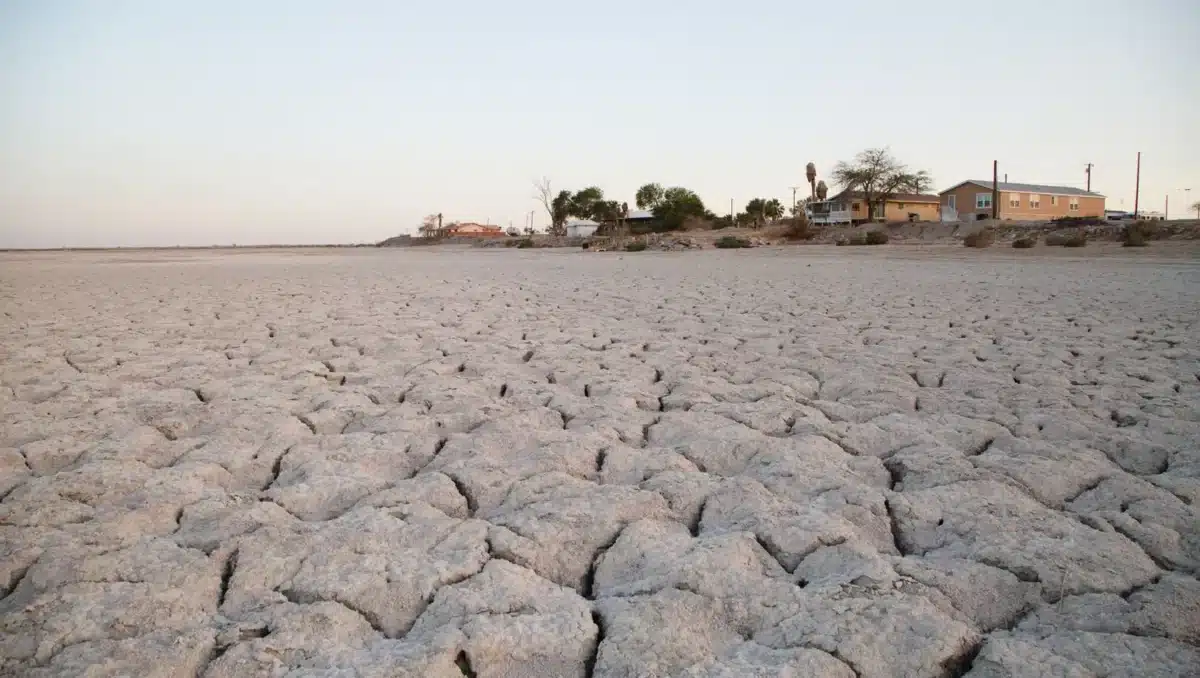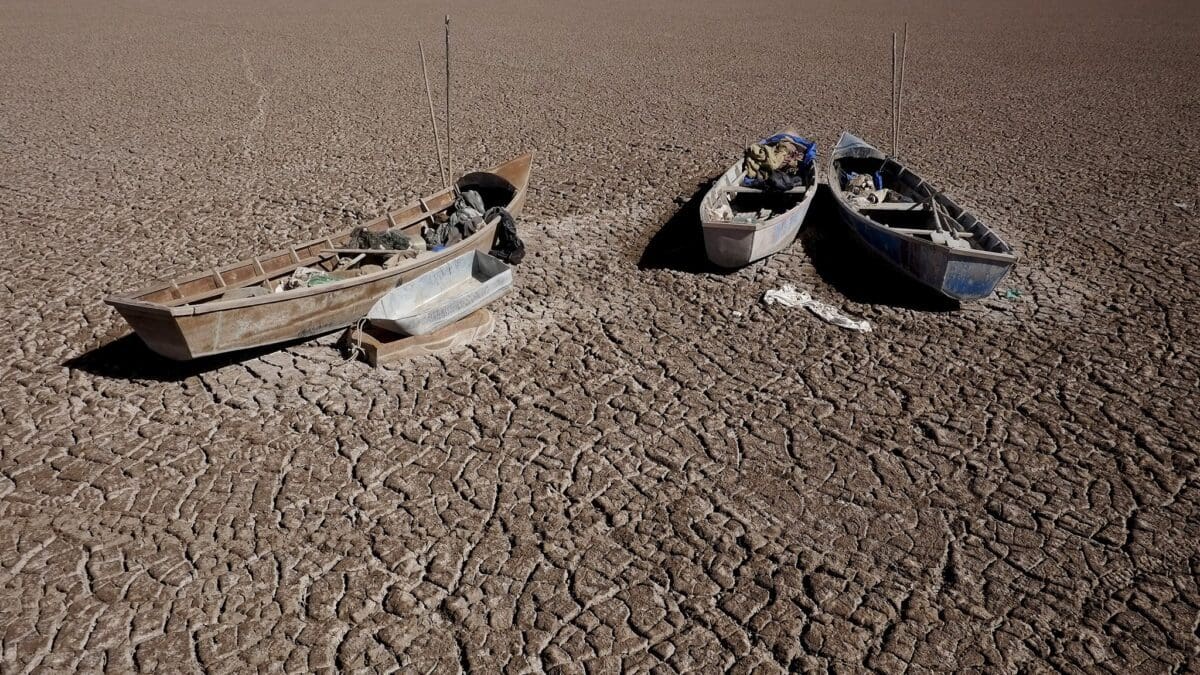From Seas to Deserts by Cesar Leo Marcus
When a liter of water is worth more than a life, humanity is doomed
The greed of the present leaves us without a future, because when the balance is not equitable, the gap drags down everyone equally, regardless of where they are in the pyramid. In these four examples I just want to establish that water is everyone’s heritage and, when a liter of water is worth more than a life, humanity is doomed.
The Aral Sea (Central Asia)
In 1975 the Aral Sea was the fourth largest inland water mass on the planet, located in Central Asia, between Kazakhstan and Uzbekistan, it covered 26,000 square miles, almost 50 years have passed and only 15% of its surface remains, some 3,000 miles. Even history reminds us of the adventures that Alexander the Great suffered to cross it.
What happened? Well, since 1960 the Soviet government diverted the water from the most important tributaries that feed the Aral Sea to irrigate the rice and cotton fields of the region, then the sea began to “disappear”, in 1980 to 50% and in 2023 to 15%.
Of course, the fishing industry that for centuries fed coastal communities collapsed, the inhabitants migrated, and the Aral Sea became the “Desert of Ghost Ships,” with rusting hulls and a seabed that has created toxic dust containing salt, pesticides and other chemical products, which pollute health in the region, including respiratory diseases and cancer.
Salton Sea (United States)

In the 19th century it was a mirror of water known as Lake Coahuila, a salty depression located in southern California. What Happened? In 1905, a miscalculation when digging a channel for the Colorado River to irrigate farmland in the Imperial Valley, caused the river to overflow its banks, flooding the Salton Plain, covering 600 square miles of homes and farms, to form an inland sea. Becoming the largest lake in California and the largest environmental disaster in the history of the State.
In the Salton Sea there are almost no fish and migratory birds die from bone diseases due to the high salinity. Since 1975, large works have been planned, including deep cleaning and the construction of an 83.6 km dam, but the forgetfulness of the rulers means that everything continues without changes.
Lake Chad (Africa)

Until 1970, the area covered by the waters of Lake Chad was 26,000 km², but now it is only 900 km², killing millions of people living on the border between Chad, Niger, Nigeria and Cameroon, in Africa.
What happened? The FAO has labeled Lake Chad an ecological catastrophe due to its devastating effects, a consequence of the unsustainable extraction of water, which provokes violence between countries. Farmers and ranchers require water, constantly diverting it, while the inhabitants see their food source disappear, as the population of fish, birds and other animals in the area decrease.
Lake Poopo (Bolivia)

In 1970 Lake Poopó covered more than 3,000 square km, in the Altiplano mountains in the department of Oruro, Bolivia, but today it is completely dry, becoming a gigantic salt flat.
What happened? Lake Poopó became the second largest lake in the country, its disappearance was due to its shallowness, the continuous diversion of its water for mining and agriculture and the decrease in the melting of glaciers in the Andes mountain range, due to to climate change.
We must remember that since the 16th century the Spanish colonization began the extraction of metals, which in the 20th and 21st centuries were developed on a large scale, causing high concentrations of arsenic, lead and cadmium in the waters of adjacent lakes such as Lake Uru Uru. .











